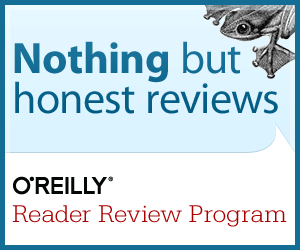1. To boot from USB, The instructions on the Dell splash screen (which goes past to fast to note) says to press F12 when splash screen is up to change the boot order. Now you can boot from USB or CD drive and install Ubuntu.
2. The boot up will go to a blank screen because the NVIDIA graphics drivers are unsupported. Hold the shift key during boot up. Then in the startup script that shows up, look for the line that starts with 'linux' Find the option 'quick splash'. Replace it with 'nomodeset'
Ok, now Ubuntu starts. But you have to do do (2) everytime unless you can get the NVIDIA driver installed.
3. Download the appropriate driver from the NVIDIA website.
4. You cannot install a new graphics driver while x-windows in on (i.e. trying to do this through the Ubuntu Software Center was a failure). So get to a real terminal (not just xterm) and shutdown the x-server using the following instructions (Note: I just shut down the x-server using this. Installing the nvidia drivers comes next)
http://neelmohile.wordpress.com/2011/11/02/how-to-manually-install-latest-nvidia-drivers-on-ubuntu-oneiric-11-10/
4. Follow the instructions here on installing the driver. Note that you also need to have the linux-headers installed. And when I did this, it specified linux-headers-3.5.0-17-generic (not 3.5.0-18-generic)
sudo add-apt-repository ppa:ubuntu-x-swat/x-updates
sudo apt-get update
sudo apt-get install nvidia-current nvidia-settings3.1 Don't forget to restart the X server using sudo service lightdm start

